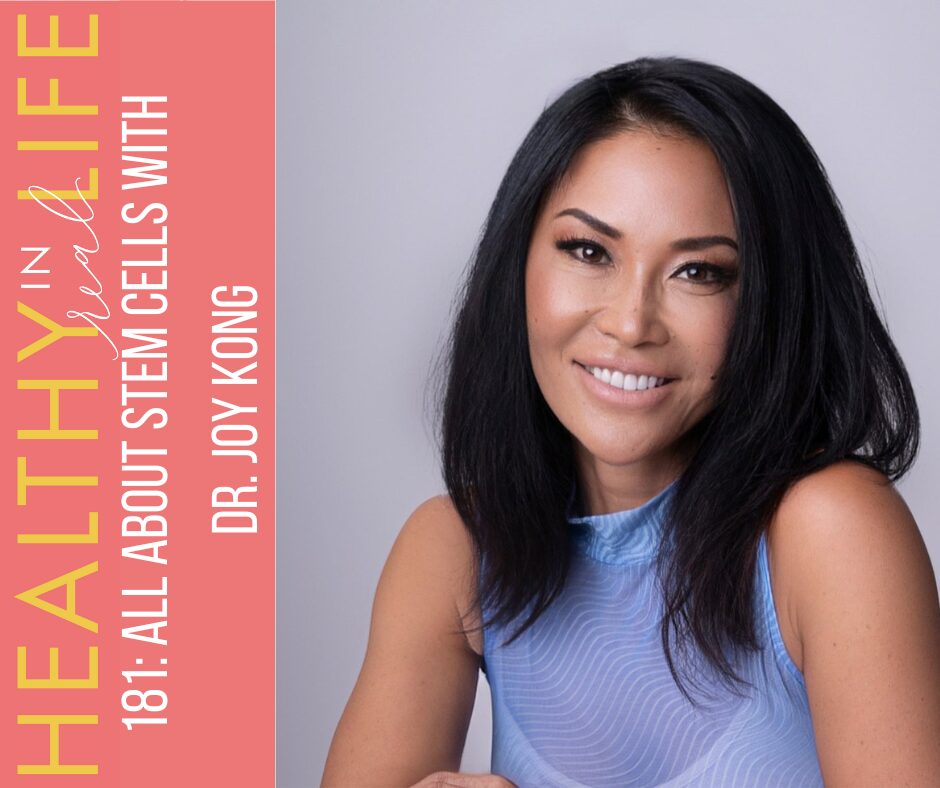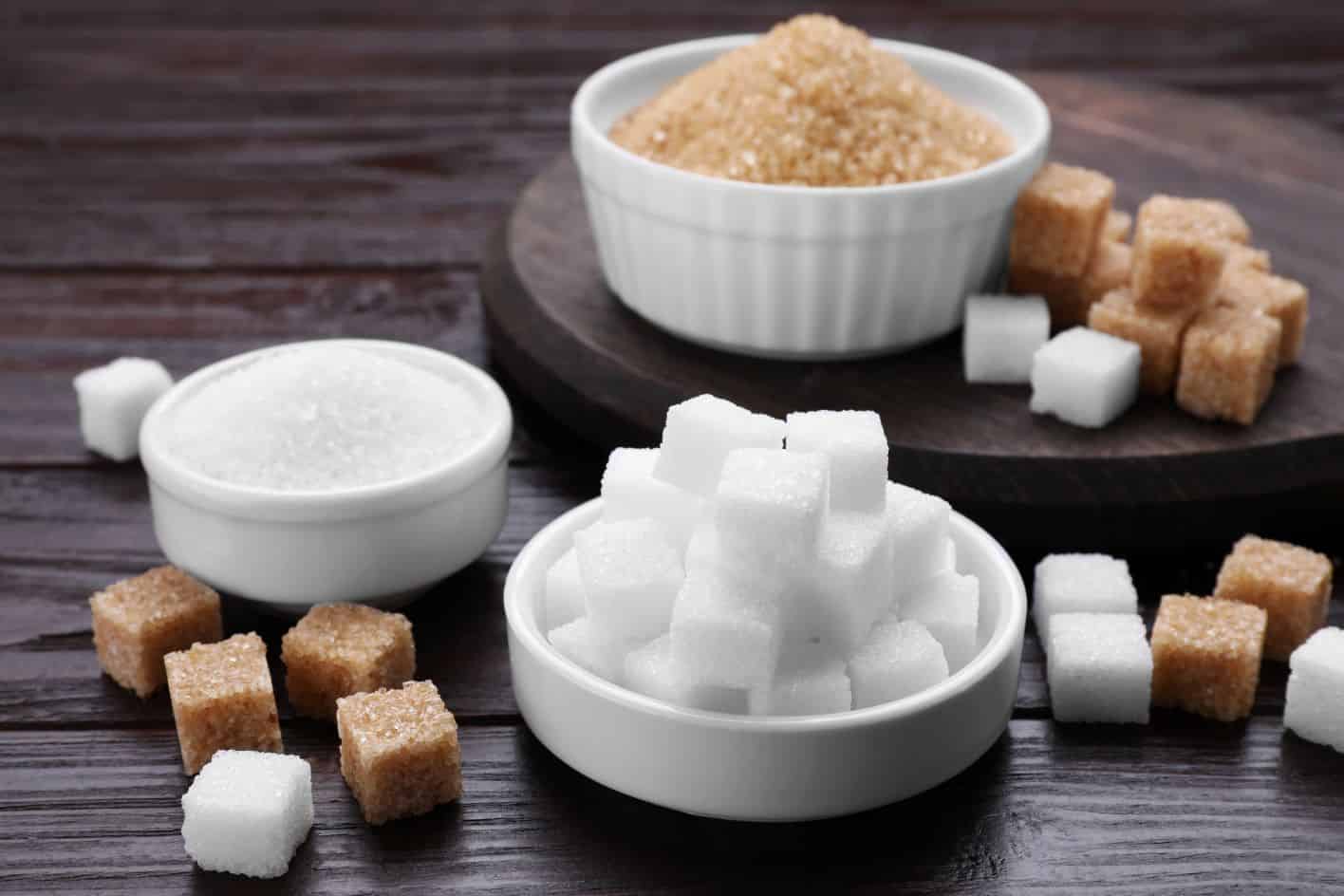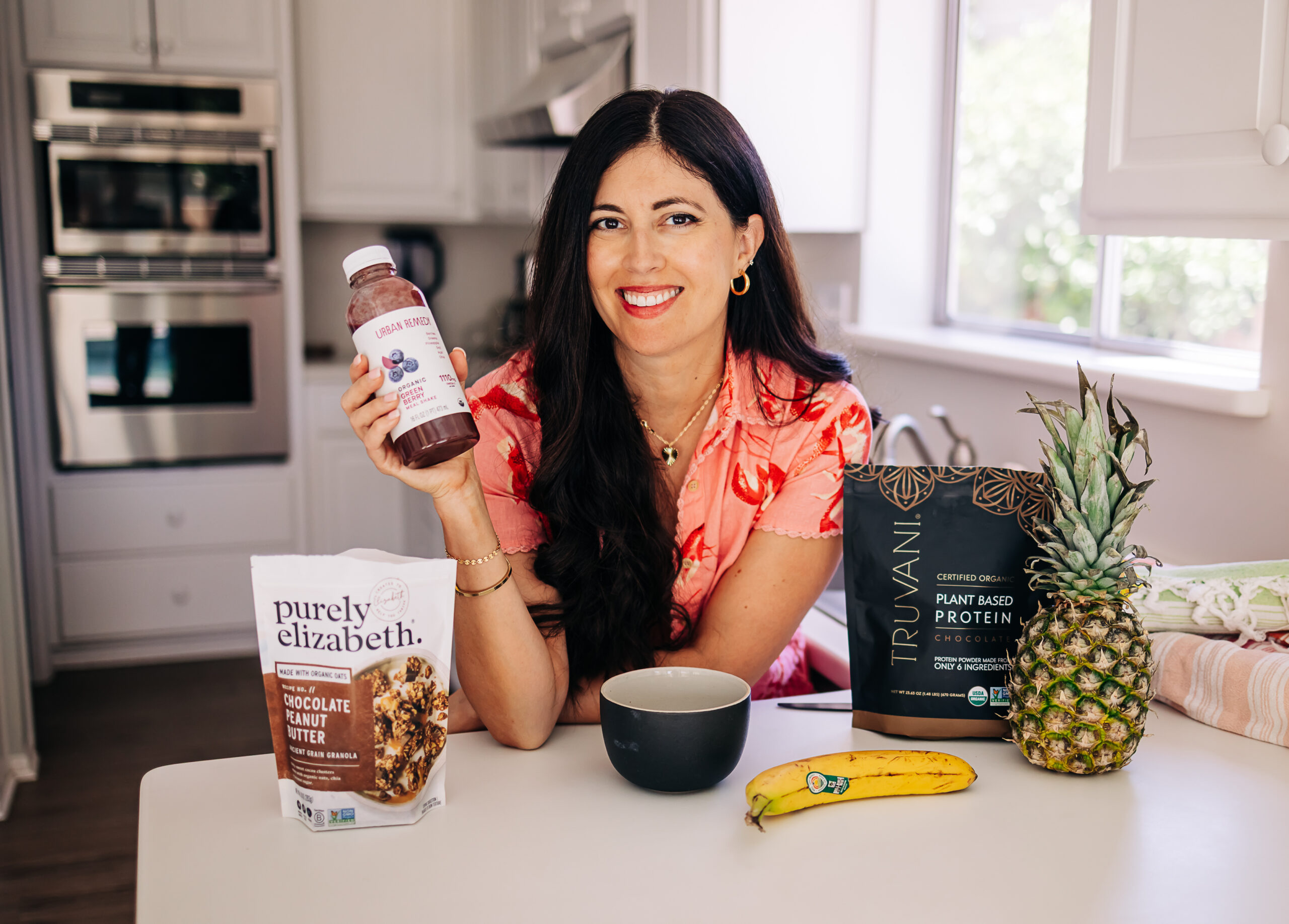Have you ever wondered about the signs of protein deficiency? In spite of the fact that true protein deficiency is rare, you might be getting the optimal amount for you, especially if you’re on a weight loss journey. On average, MyFitnessPal users in the U.S. with weight loss goals consume 24% of their calories from protein. Protein is a must-have macronutrient that helps keep your body running at its prime.
“Protein is important for everybody, not just bodybuilders at the gym!” says Melissa Jaeger, dietitian and MyFitnessPal’s Head of Nutrition. “Your body uses protein for a variety of internal functions that you probably don’t think about day-to-day but are important for your overall health and wellbeing.”
In fact, protein touches just about every function in the body (1,2). And while protein may be all the rage, 88% of MyFitnessPal users surveyed say they don’t have any idea of how much protein, fiber, carbs, sugar and salt they consume daily, based on a survey conducted by MyFitnessPal.
Let’s change that. Buckle up, because I’m about to take you on a deep dive into just what can happen if your protein intake is lacking and show you how to fix it.
You might also like
Guide to Protein: Benefits, Sources, and How Much You Really Need
Is Protein Deficiency Common?
Here’s the thing: it’s rare for people in developed countries, like the United States, to experience actual protein deficiency.
“Medical conditions like Kwashiorkor and Protein Energy Malnutrition (PEM) can happen in developing countries when people don’t have enough to eat (3). This isn’t about that kind of clinical protein deficiency,” says Jaeger.
Here, we’re talking about what could happen to your body when you aren’t getting the ideal amount of protein to feel and perform at your best. Let’s dive into those signs now.
Signs You May Benefit From More Protein
You’re losing muscle mass
Research shows that when your body isn’t getting the protein it needs from food, it will begin to break down your muscle protein to keep your body functioning (2).
It can be hard to get enough protein on a low-calorie diet. “If you’re cutting too many calories, your body will outsmart you!” says Jaeger. When you’re in a calorie deficit, your body uses stored energy sources, including both fat and muscle, to meet its energy needs. That means, if your goal is to build lean mass, you may not see the results you’re hoping for.
You feel fatigued for no reason
Proteins make up hemoglobin, a component of the red blood cell that carries oxygen throughout your body. This quite literally gives you the energy you need to live! If your body doesn’t have enough protein to make hemoglobin, you may experience fatigue or, in severe cases, anemia (4).
You catch every cold going around
Protein plays a big role in immune health. In fact, proteins make up many of the hormones, antibodies, and enzymes involved in fighting off foreign invaders, like viruses and bacteria, that can make you sick (5). If you’re finding yourself sick more often, it might be time to eat more protein.
You get constant cravings
There’s a reason protein is trending when it comes to weight loss: it keeps you fuller for longer, preventing mindless munching and cravings. Research suggests when people aren’t getting enough protein, they may choose less nutrient dense foods to satisfy their hunger (6). This can derail your goals. If you’re getting more cravings, it’s time to log your food in the MyFitnessPal app so you can get a better sense of your eating patterns.
Your cuts take forever to heal
Proteins are the building blocks for many parts of your body, including your skin. Collagen is one protein in the skin that’s crucial for wound healing (7). So, if you’re noticing a bruise, scrape, or cut is taking longer to heal, check out how much protein you’re getting.
About the Experts
Elizabeth Shaw, MS, RDN, CPT, is a nutrition expert, four-time cookbook author and early nutrition pioneer in the field of fertility nutrition. She is the president and owner of the USA-based nutrition communications and consulting firm Shaw Simple Swaps.
Melissa Jaeger RD, LD, is the Head of Nutrition for MyFitnessPal. Melissa received a Bachelor of Arts in Nutrition (DPD) from the College of Saint Benedict and completed her dietetic internship through Iowa State University. In May 2024 she was recognized as the Registered Young Dietitian of the Year awarded by the Minnesota Academy of Nutrition and Dietetics.
Who Might Not be Eating Enough Protein?
A recent survey of MyFitnessPal members found that 65% of members surveyed are trying to eat more protein, but most don’t actually know how much protein is in their food. Many over-estimate protein in their meals, meaning they might not be hitting their daily protein goals.
There are a few populations who are more at risk than others for not meeting their protein needs. In my practice as a dietitian, these people usually fall under one of these categories (10):
- People over 51 years of age
- People on low-calorie diets
- Those with digestive conditions and/or eating disorders
- People living on low incomes
- People living in food deserts
Easy Tips to Increase Protein Consumption
Protein is found in many foods, phew! This means it’s pretty easy to get those protein grams when you set your mind to it. With the help of a few simple swaps you could boost your daily protein intakes to help meet your goals.
You might also like
Consider sprinkling these star-studded plant-based foods with 5-plus grams of protein to your meals and snacks:
- 1-ounce almonds: 6 grams (11)
- 1-ounce pistachios: 6 grams (12)
- 1-ounce pumpkin seeds: 5 grams (13)
- 1-ounce hemp seeds: 9 grams (14)
How to Know When You’re Eating Enough Protein
Feeling fabulous? Meeting your goals? Then you’re probably on the right track to meeting your protein needs. In fact, according to a MyFitnessPal user survey, 69% of users surveyed want to incorporate more protein into their diets. But, it never hurts to double check. And MyFitnessPal makes this easy on you.
Step 1: Log your foods over the course of a few days to find out how many grams of protein you’re typically getting per meal and per day.
Step 2: Enter your information in the MyFitnessPal Protein Calculator. Your protein needs are tailored to your age, sex, and number of workouts you log on the regular. This tool will help gauge if you should be getting more protein. Or, just use the MyFitnessPal app–it will give you a recommendation.
Frequently Asked Questions (FAQs)
Why is protein important?
Protein is essential for growth and development, building and maintaining lean muscle mass, immune health, metabolism, and weight management (1,2,15).
How much protein should you eat per day?
Protein needs vary depending on age, sex, frequency of workouts, and what your personal goals are. The RDA for protein is set at 0.8 grams/kilogram of body weight per day (9). But, most individuals who workout regularly need roughly 1.0 to 1.4 grams/kilogram of protein per day (16). Using the MyFitnessPal Protein Calculator is an easy and quick way to figure out your own needs.
How do you fix low protein levels?
Get in the habit of making protein, especially plant-based protein, a staple part of your meals (17). Greek yogurt offers a great protein-packed start to your morning meal, while a hearty-grain, such as quinoa paired with arugula and chicken, adds a punch of protein to your mid-day meals.
How can I be sure I’m eating enough protein?
One of the easiest ways to stay on track is to log your meals using the MyFitnessPal app. It automatically calculates the protein content of the foods you eat and shows how much you’ve consumed each day compared to your goal. This makes it easy to spot whether you’re consistently falling short and helps you adjust your meals to include more high-protein foods like eggs, Greek yogurt, beans, tofu, chicken, or fish.
The Bottom Line
Protein deficiency is rare in developed countries like the United States, but that doesn’t mean you’re meeting your unique protein needs. For instance, if you’re not seeing the progress you’d like in your goals, and find yourself constantly sick or worn out, you may not be eating enough of this powerful macro.
How MyFitnessPal Can Help
If you’re aiming to eat more protein without losing sight of other nutritional needs, the easiest way is to start tracking your food.
When you set up your MyFitnessPal account, you provide some information. Think: age, sex, activity level, and goal. We use this information to give you a customized macro recommendation—that is, how many grams of proteins, carbs, and fats you should aim to eat all day.
As you log your meals and snacks, you can see how close you’re getting to this protein goal and make adjustments. Did we mention there are high-protein plans and recipes in the app too? Download now.
The post 5 Signs You Might Not Be Getting Enough Protein, According to a Dietitian appeared first on MyFitnessPal Blog.
Publisher: Source link





